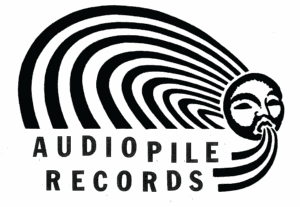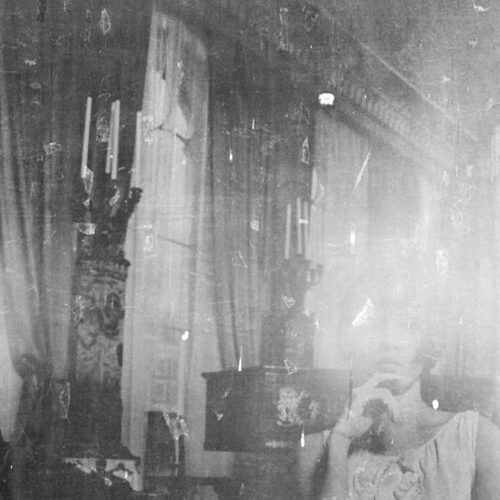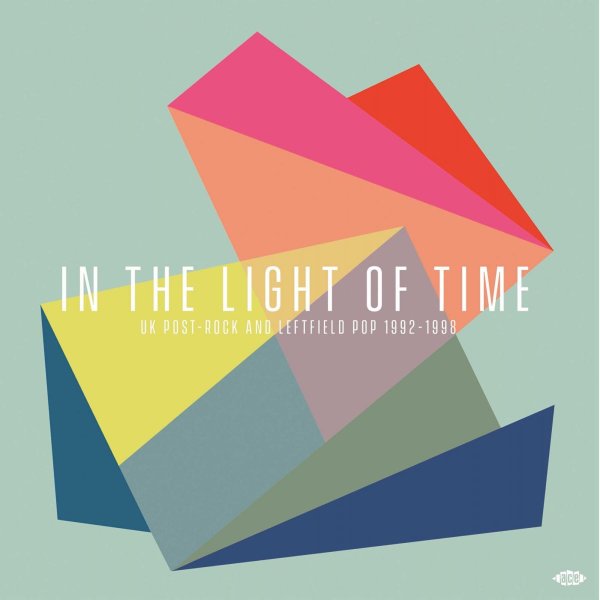Common Era
Label: Kranky
Genre: Highlights, Indie Rock
$36.99
Availability: In stock
Audiopile Review: Turk Dietrich and Michael Jones, aka New Orleans ambient-pop duo Belong, have never been shy about showing their influences. Their 2008 EP, ‘Colorloss Record’ features, admittedly obfuscated, covers of psychedelic rock tunes by the likes of Syd Barrett. Their most well-known album, ‘October Language’, is transparently a heroically ambitious pastiche of ‘Venice’-era Fennesz. And their upcoming album-of-the-year contender ‘Realistic IX’ does not go light on its nods to My Bloody Valentine’s legendary glide guitar technique. But these guys never sounded as much like themselves as on ‘Common Era’ from 2011. An entirely unique mix of shoegaze, dark wave, and lo-fi, ‘Common Era’ is certainly more than the sum of its parts. As with the upcoming album, Turk’n’Mike come charging out of the gate brandishing an armoury of killer tunes. And while this album is certainly on the ‘pop’ side of Belong’s work, the saturated reverb and buried vocals push everything thrillingly close to pure abstraction. ‘Common Era’ is one of the 21st-century’s most underrated albums and an essential addition to your collection. The new album is even better. We’re not kidding.
Itʼs been five years since the last BELONG long player, as the duo works slowly to organize their sound works. Both the time invested, and the wait, have been well rewarded with this return. Common Era shows extraordinary progression from that first album of dense, scorched earth instrumentals, hints of a new direction having been revealed on the Colorless Record EP from 2008 which contained covers of four should-have-been classics from the original psychedelic era. The new material has such common pop elements as “songs”, vocals and drum machines, but the results could hardly be called conventional and are like little else happening on the current “scene”. The songs themselves are akin to radio transmissions received from another time and place, just as likely to be the future as the past, or even from a contemporary alternate universe. They are both passionate and dispassionate, grey yet technicolor, ghostly and palpable, distant yet immediate, grainy and focused. Upon listening these conceptual contradictions are dismissed with ease, as the recordings reveal that they fit all of these descriptors simultaneously, an extraordinary balancing act.





